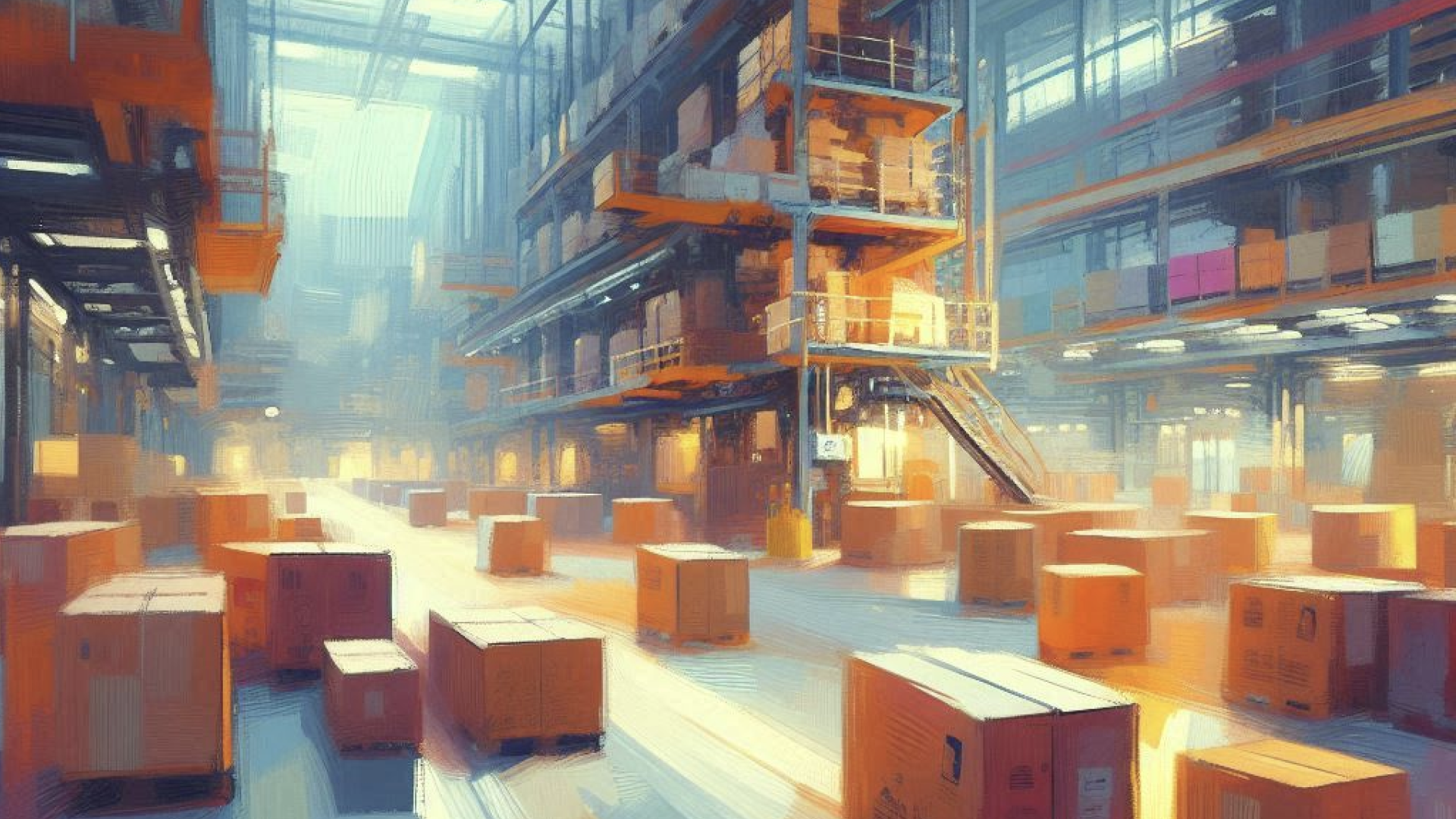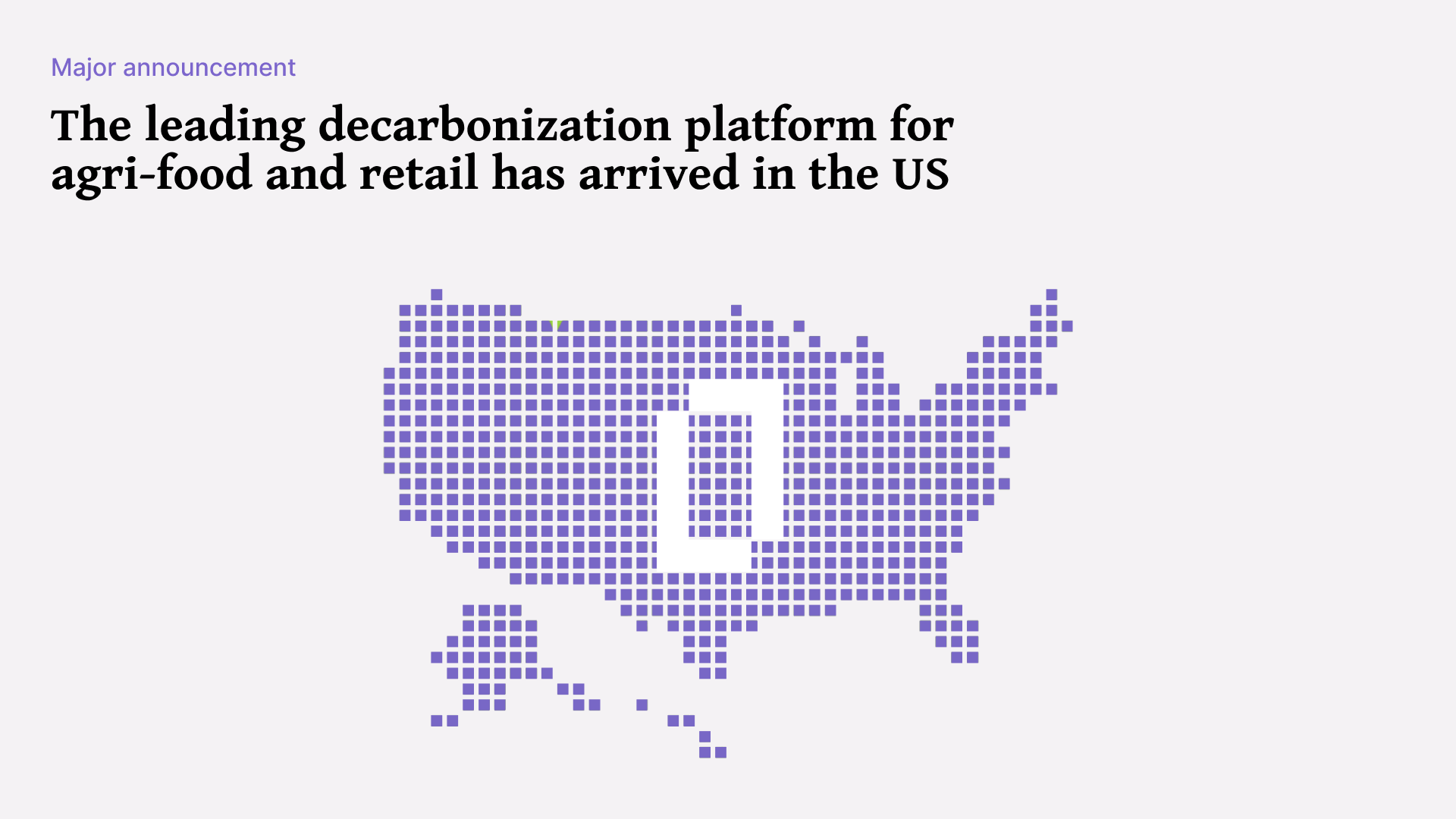Summary
- Climate change demands retailers adapt to shifting consumer preferences and environmental challenges to survive in an increasingly affected economy.
- Consumers increasingly favor sustainable products and transparent practices, expecting retailers to adopt ethical labor practices and address societal issues.
- The shift to a low-carbon economy offers retailers opportunities for innovation through green technologies and sustainable practices, potentially attracting investment and enhancing competitiveness.
Introduction
Global warming, which is driven by rising greenhouse gas (GHG) emissions, is causing a gradual increase in the Earth's temperature. According to the European Union’s Copernicus Climate Change Service (C3S), the first half of 2024 set temperature records, surpassing pre-industrial levels of 1860-1900 by 1.5 degrees Celsius. This year is projected to be the hottest on record, clearly signaling that the effects of global warming are no longer theoretical. This phenomenon has affected industries that are integral to the global economy, such as the retail sector. With shifting consumer preferences and growing environmental challenges, retailers must choose to adapt so they can survive.
Impact of Global Warming on the Retail Supply Chain
- Disruption of Global Supply Chain: Frequent and extreme weather events, which can sometimes be unprecedented, can disrupt production and transportation leading to delays, increased risks, and interruptions. These weather events can also damage transportation infrastructure and production facilities, along with complicating logistics and hampering productive shipping routes.
- Increased Raw Material and Transportation Costs: Businesses may have to incur higher costs due to scarcity or damage caused by severe weather conditions. Higher feedstock and precursor prices premiums are also possible due to the risks associated with natural disasters.
- Challenges in Maintaining Inventory and Meeting Consumer Demand: Challenges in maintaining inventory levels and meeting consumer demand are amplified by global warming's impact on supply chains. Disruptions in raw material availability, particularly those created by agriculture or dependent on stable weather patterns, make it difficult for retailers to keep inventory at optimal levels, leading to stockouts or overstocking. This unpredictability can result in missed sales opportunities or excess inventory, both of which can negatively affect profitability and customer satisfaction.

Changing Consumer Behavior
With the impact of global warming intensifying every year, the effects of climate change are ever-present in the average consumer’s daily lifestyle. Its consequences, implicit and ever-present, have led to evolving customer sentiment. With the looming potential for resource scarcity, and better knowledge of the emissions cost of certain products, this has resulted in a growing demand for circularity and sustainable products. The push towards circularity, where waste is minimal and resources are used wisely or recycled, is reshaping retail models from the traditional ‘take-make-dispose’ model.
Transparency in retail practices is taking precedence, as evidenced by how consumers are demanding clear, verifiable information about the environmental impact of products and whether ethical production standards are being maintained. Retailers that are open about where they source their materials from, the manufacturing process, and their supply chain operations are gaining a competitive edge, as customers increasingly prefer to support businesses that align with their values.
Societal issues like fair wages, diversity and inclusion, and community engagement are similarly becoming key areas where consumers expect retailers to take action. Ethical labour practices and inclusivity are no longer an option, but essential factors for customers to maintain brand loyalty and trust.
Navigating the Transition to a Low-Carbon Economy as a Retailer
- Vendors: As retailers aim to meet decarbonisation targets, vendors will play a crucial role in reducing emissions, particularly Scope 3 emissions from the supply chain. This is as the retailer is the endpoint where goods are sold directly to customers, after going through the chain of grower, producer and manufacturer (vendor networks). In the short term, both national and private-label vendors may absorb the costs associated with Scope 3 decarbonisation as supply chain transparency becomes a key focus. Vendors with lower brand recognition may face pressure from major retailers to take on these costs, particularly as retailers push for more sustainable practices across their entire supply chain. This shift may require smaller vendors to invest in greener technologies and processes, encouraging innovation towards sustainable practices.
- Governments and Regulators: Governments around the world are setting ambitious net-zero targets and creating decarbonisation roadmaps for key industries, including retail. Retailers can benefit from government funds and subsidies aimed at promoting the adoption of green products and sustainable practices. Additionally, there are grants and funding opportunities available for research and development (R&D) in eco-friendly innovations. By aligning with government initiatives, retailers can reduce their carbon footprint while also capitalising on financial incentives that ease the transition to greener operations.
- Investors: The rise of environmental, social, and governance (ESG) strategies has reshaped investor priorities, with a significant influx of capital into ESG-focused funds. Investors are increasingly willing to accept lower returns in the short- to medium- term in exchange for supporting companies committed to long-term sustainability. For retailers, this means there is real appetite from investors to secure investment that aligns with their decarbonisation and broader sustainability goals. Retailers who prioritise ESG principles can attract capital from investors who value the positive environmental and social impact over immediate financial gains.
Opportunities for Innovation and Transition
The shift toward a low-carbon economy presents retailers with numerous opportunities for innovation, particularly through the adoption of green technologies and sustainable practices. By integrating energy-efficient solutions, waste reduction strategies, and adopting a circular economy, retailers can reduce their environmental impact and also drive long-term cost savings. The transition to sustainability offers a chance for retailers to re-mould operations, explore better renewable energy sources, and invest in eco-friendly infrastructure.
A key strategy for driving consumer adoption of green products is testing their positioning in retail outlets. Retailers can experiment with product placement, marketing, and pricing strategies to determine which sustainability initiatives resonate most with customers. Whether through promoting biodegradable packaging, sustainable sourcing, or eco-conscious brands, understanding customer preferences can help retailers effectively boost the adoption of greener choices.
Adopting sustainability practices can give retailers a significant competitive advantage. Terrascope can help businesses accurately measure and manage their carbon emissions, providing a clear roadmap for meeting sustainability targets. For example, Terrascope helped Mitsubishi Shokuhin, one of Japan’s largest food wholesalers track emissions across its supply chain using AI-powered carbon accounting tools. By clustering over 240,000 unique SKUs into product categories based on characteristics like ingredients, manufacturing, packaging, and storage, Mitsubishi Shokuhin established an emissions baseline and identified key hotspots. Scope 3 emissions accounted for 99% of the company’s carbon footprint, with over 80% coming from purchased goods and services. Frozen foods and alcoholic beverages were the largest contributors to CO2, while other hotspots included upstream transportation and waste management. This allowed Mitsubishi Shokuhin to prioritise data collection and reduction efforts in these critical areas, differentiating itself amongst its competition by being credible in its emissions journey
Conclusion
With the ongoing climate crisis in mind, retailers can turn these challenges into opportunities by embracing green practices and transparency. Sustainable innovation by addressing climate change is the right step towards long-term success and maintaining an edge over competitors.
Find out more below about how Terrascope can help your company today.


